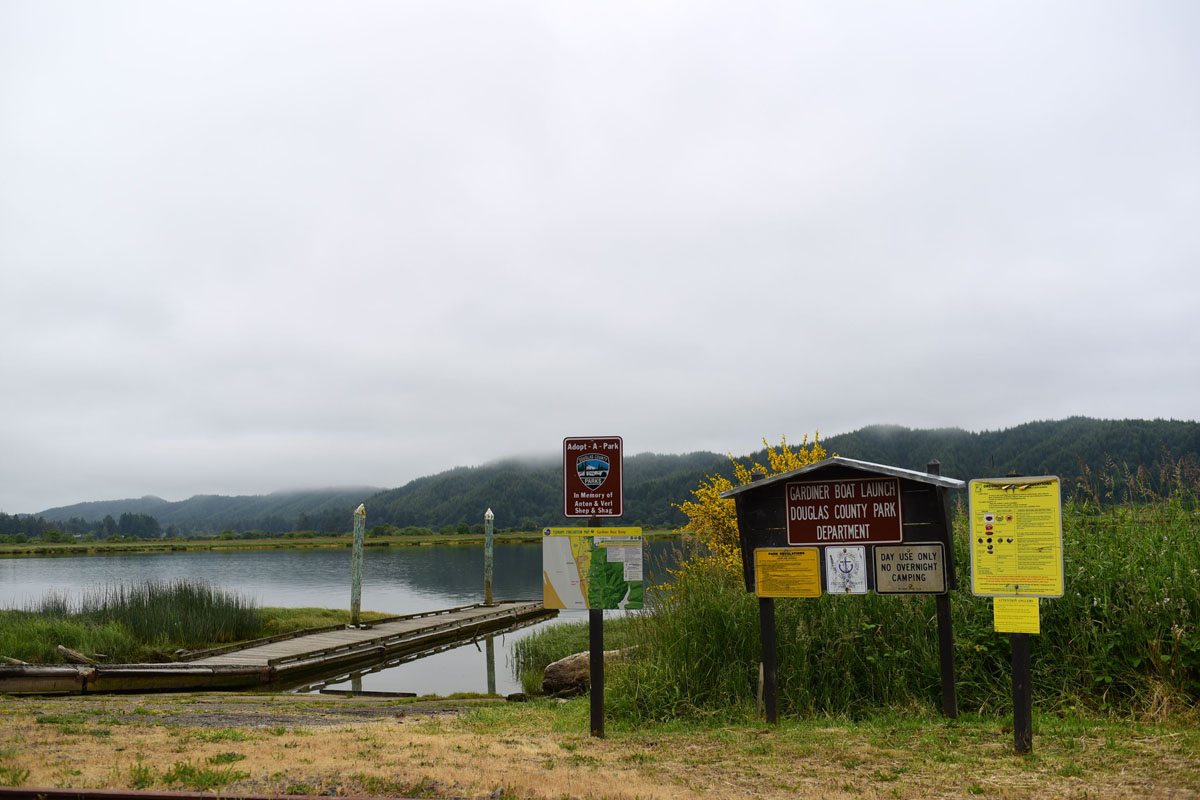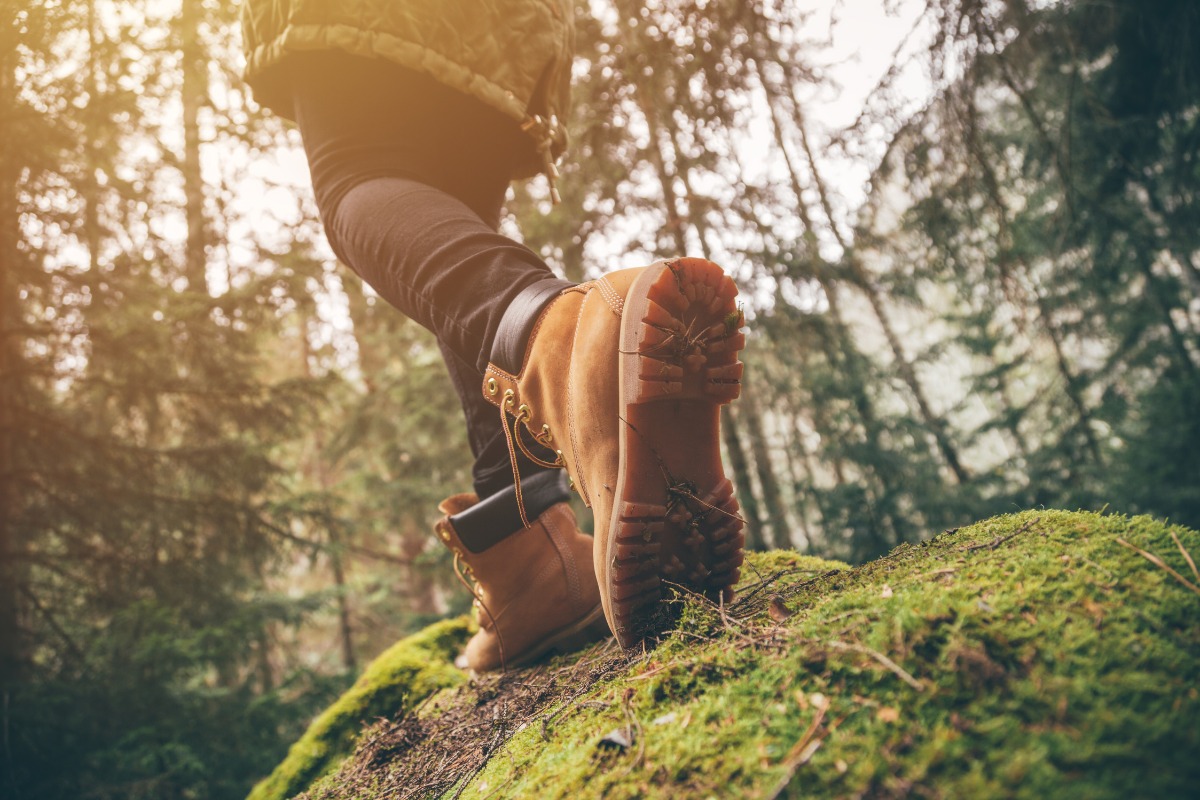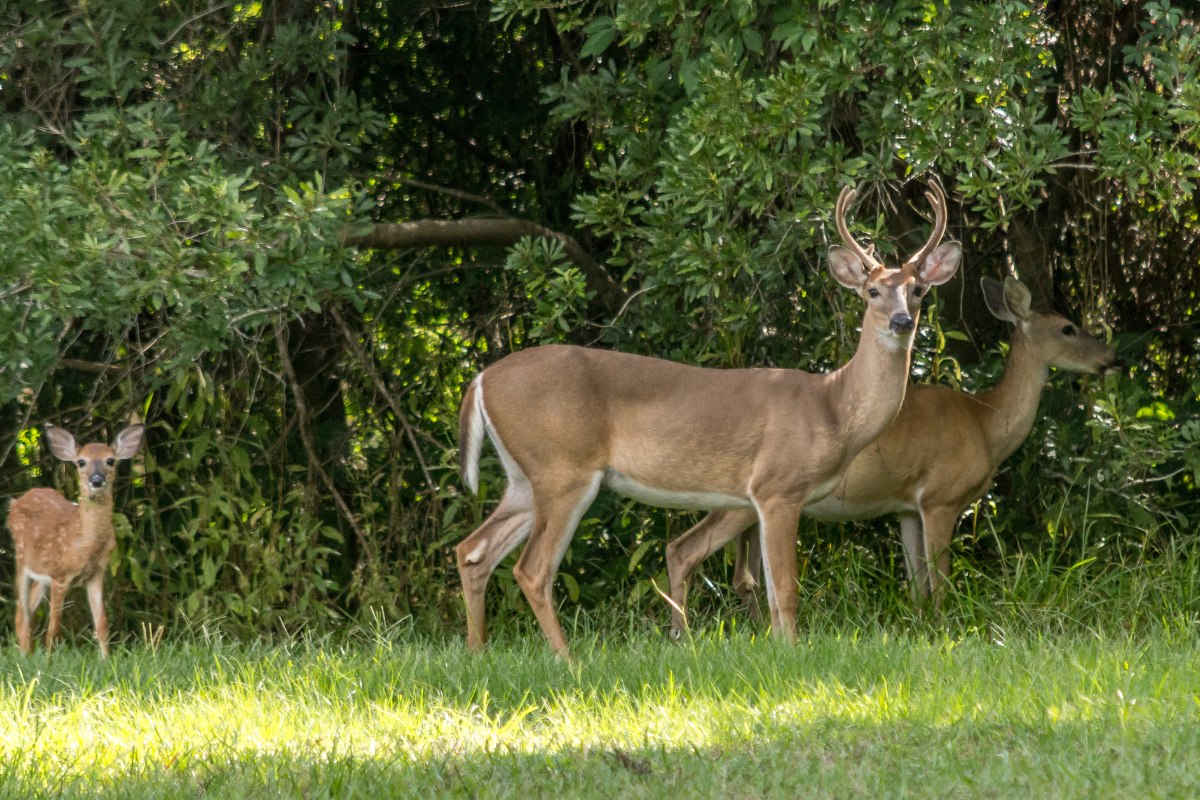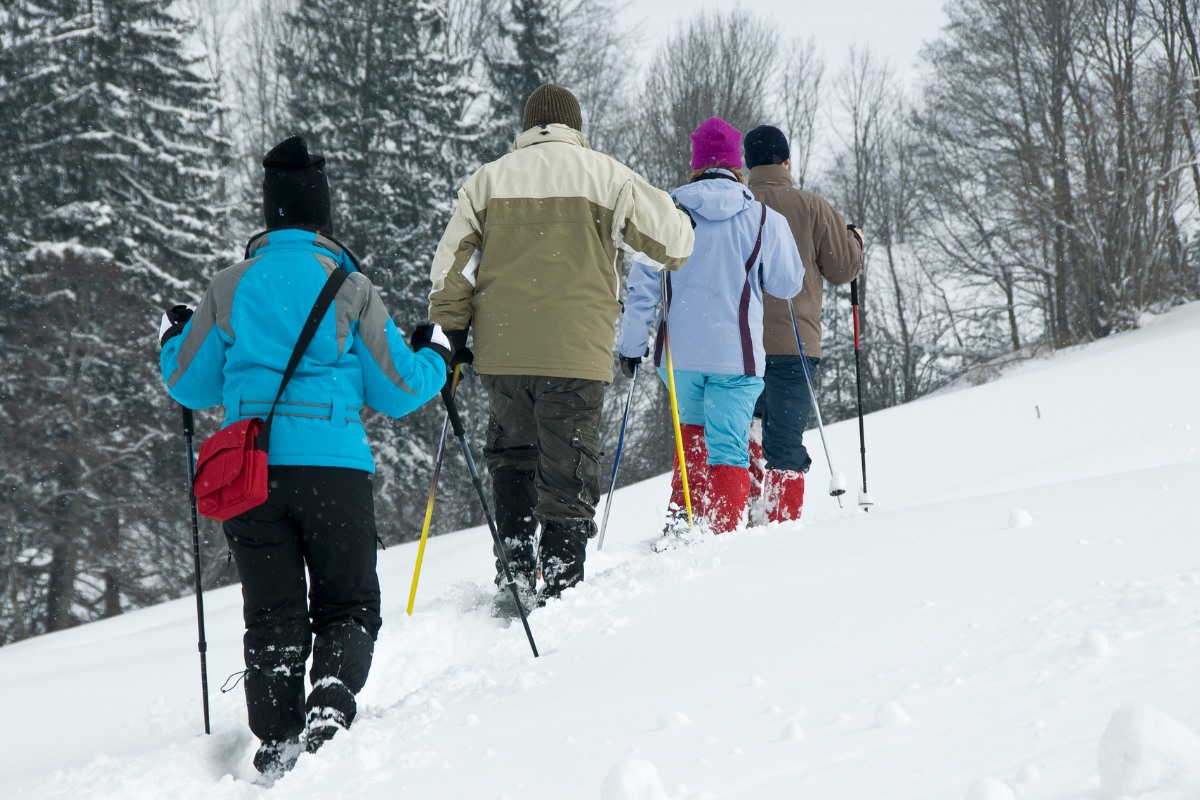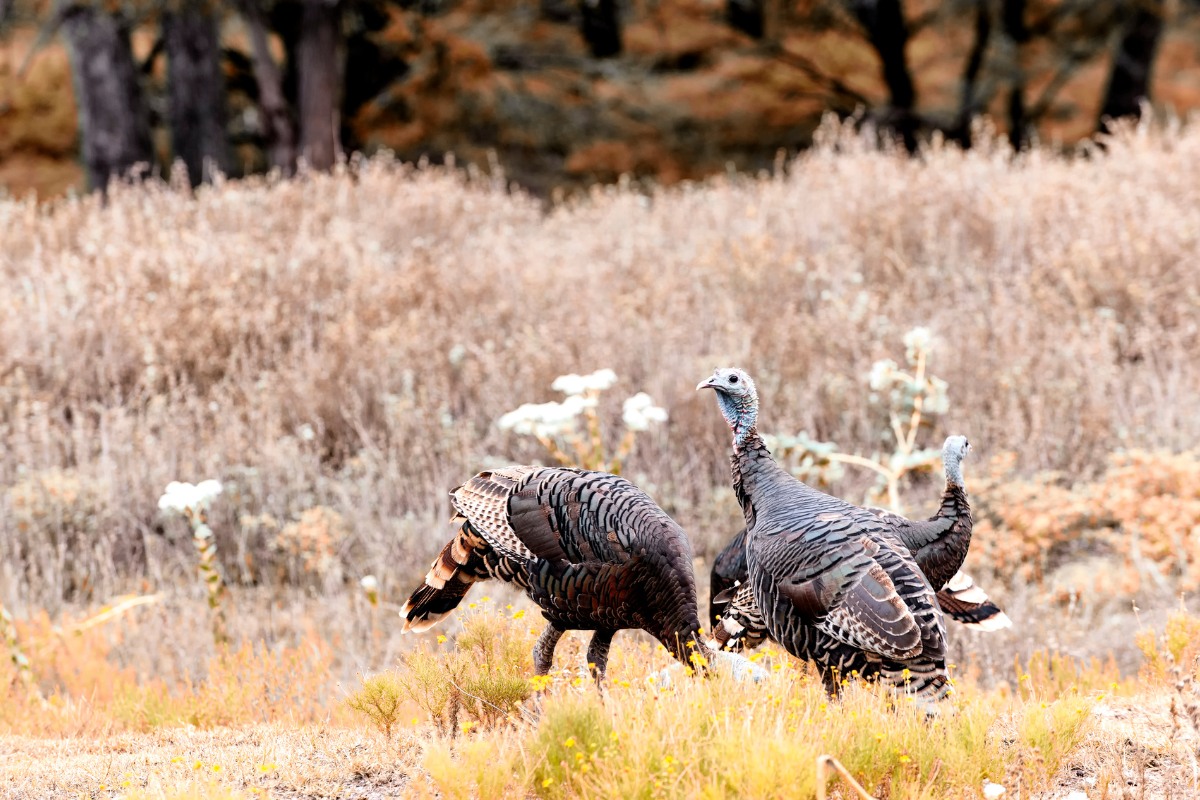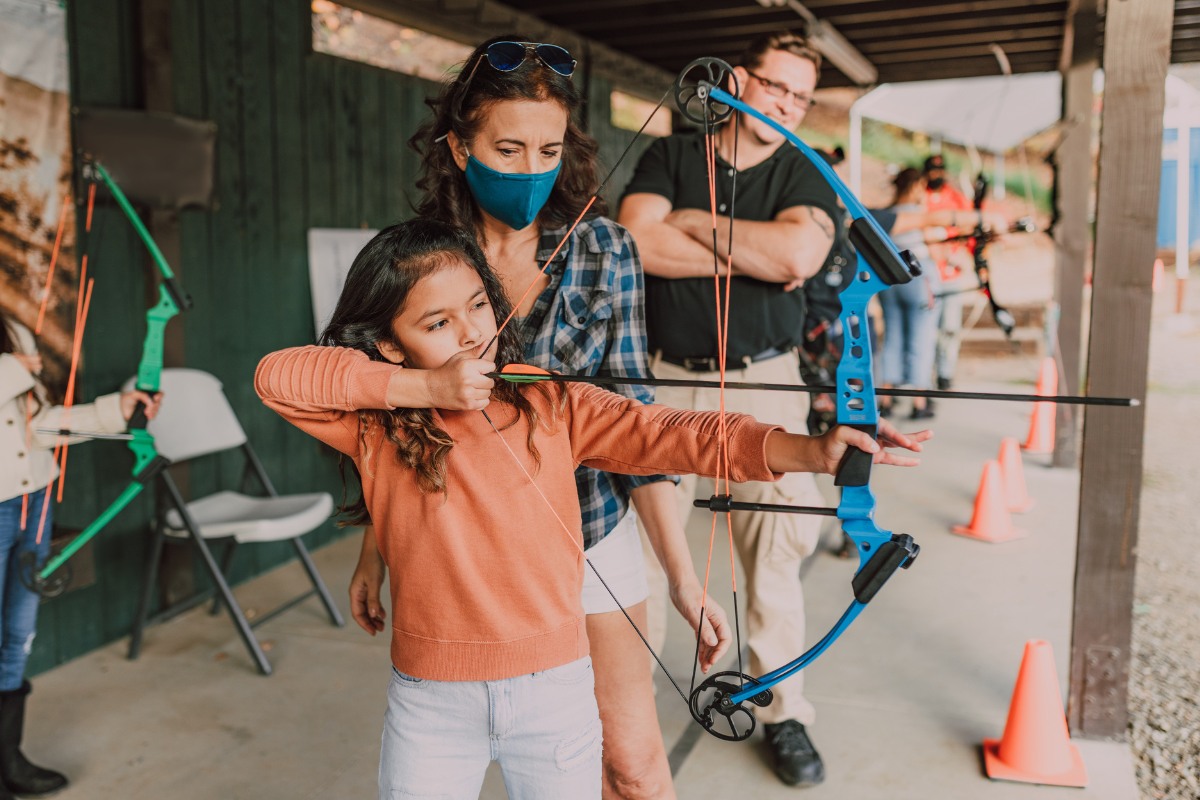Did you know Douglas County has 50+ county parks? Have you been to all of them? What lasting memories have you made in these amazing public spaces?
Well, if you haven’t noticed from the tension in the local news or social media, there is not just memory making going on at the county parks these days. Instead, there is fighting and cries of mismanagement and hidden agendas, complaints of shrinking funding and tight budgets. In short, our beloved Douglas County parks are in trouble.
Our main goal is getting people outside, not just sometimes but every day. County parks are essential to that mission. They are beloved local spaces that are easy to access and enjoy. We want people in the parks with their families and that cannot happen when they are closed, logged, or not meeting the needs of the community.
But what can the everyday citizen do? How can one voice even make a difference? Well, we want to give you 3 ways we believe the parks are in trouble and how you, and I, and every citizen of Douglas County can help. The situation will not get better unless we speak up about our own spaces. This is not some problem half a world away. This problem is right here, so let’s fix it.
Parks in Trouble
The county parks woes boil down to 3 main problems: diminishing budget, transparency, and disconnect with what we, the public, really want and need for our parks.
Diminishing Budget
County parks face the very real problem of budget cuts. Non-essential services like parks, libraries, and museums receive money from the general fund. General fund money comes from money sources like federal payments. So as logging of O&C lands has decreased, so has the general fund. This decrease means that the park’s budget is shrinking and they have to focus more on self-sufficiency and money in the coffer than on improvements and projects that are most wanted by the public.
It also brings on extreme money-making measures like logging Busenbark Park. There was quite a public outcry when the logging became more widely known. If the parks have to raise all their own money, it seems likely that logging parks is going to be a more frequent option if there is not something else to fill the gap.
Now enters us, the general public, to help fill that gap. We need to volunteer and work a bit to keep our favorite spaces open. Volunteers and local friends of groups have done a great job in working with the parks department to make improvements and keep parks open.
Let’s not leave all the work to those groups. You can:
- Encourage your local groups to volunteer. Hiking, equestrian, bird watching, geocaching, exercise, play date, and other groups use the parks so help out there, too. Just get in and help with what you already love!
- Join a local volunteer group that is already active such as Friends of Mildred Kanipe Memorial Park, Friends of Severt Iverson Memorial Park, Roseburg Chapter of Oregon Equestrian Trails, and Friends of Carl C. Hill Wayside. These groups already have many projects and resources and they could use more hands to help. (Did I miss any? Let me know and I’ll add them to the list).
- Form your own park groups. The Friends of Severt Iverson Memorial Park and Friends of Carl C. Hill Wayside were formed when their favorite parks were in trouble. Groups like these can help with park maintenance, raising public sentiment, obtaining grants, working with the parks department on improvements, etc. So if you are really passionate about parks, this might be the step for you.
Transparency
According to many groups and local citizens, there is a lack of transparency concerning park management. The public cannot add their voice to the decisions when they do not know when or where decisions are being made. The biggest example of this is the logging of Busenbark Park which took almost everyone by surprise. Other examples include the $26,000 budget shortfall for Mildred Kanipe Memorial Park which was revealed to interested groups only 1 week before the end of the fiscal year, and the lack of coordination with groups such as the BLM and native tribes on the new Parks Master Plan. Yes, these things are probably discussed in budget meetings or can be dug up in some meeting minutes somewhere. But where is the open public discussion? What meetings should you attend if you want to be heard?
There are quite a few boards and committees that have meetings about the parks, but it is not clear who is in each group and what they even meet for. We need clear communication between us the public and the governing bodies that are supposed to be serving our interests. The Parks Advisory Board (PAB) once said at a board meeting that there is a lack of transparency in the park decisions so it is not just a problem of public perception.
To make the park decisions and discussions involve more of the public, we need transparency. We shouldn’t have to dig through a huge document of county code to find out what the Parks Advisory Board even does.
You can help improve transparency about park decisions and discussions by:
- Ask for information about relevant boards and committees. It is difficult to attend a relevant parks meeting when you do not even know what the meeting is for. There is the Parks Advisory Board (PAB), Planning Advisory Committees(PAC), Committee for Citizens Involvement (CCI), etc. Since all of these groups are advising and making recommendations about park decisions, there should be a clear place on the Park website that says what each group does, who has been appointed to the group, when they meet, meeting minutes, and vacancies. Call the department (541-957-7001), email or reach out to them on Facebook to ask for this information to be clearly laid out for the public. This can also be brought up at a parks meeting.
- Attend a meeting. The Parks Advisory Board (PAB) meets every 3rd Friday at the Courthouse. The PAB works with the Parks Department and helps advise the County Commissioners on parks issues. There are also other committees that deal with parks issues that you could attend.
- Ask for updates from the department with clear meeting times, parks announcements, and major decisions. The Parks Department has a website and Facebook page to get the word out. Again, call the department, email or reach out to them on Facebook to ask for better updates on these pages. This can also be brought up at a parks meeting.
Disconnect With the Public
Due to the aforementioned budget crisis, the future plans for the parks diverge quite a bit from what the public is looking for in parks and recreation spaces. The current draft of the Parks Master Plan puts quite a bit of emphasis on things like more pavilions and RV spaces (which generate money) and less on things like trails and natural playgrounds.
The state of Oregon put out a Statewide Comprehensive Outdoor Recreation Plan (SCORP). In preparing the plan, the state did a survey of people’s use and opinions on outdoor recreation. They then put together a list, by county, of the top priorities that parks and agencies should invest in.
This list just illustrates that people are looking for wild spaces to recreate and enjoy. People want to walk in the cool shade of trees and see some wildlife, let their kids climb hills and logs, get together as small groups of family and friends outdoors, and have access to the rivers for swimming and fishing. That is what the park’s goals should be focused on, not just adding monetary value to keep the parks afloat. We need to put our voices in on how we can keep the parks focused on what is important for the public and preserve those same qualities for the future.
- Tell what park improvement and amenities are important to you. Call the department or send an email to add your voice about which park additions are important to you. Write an editorial in the paper or post on social media and get people talking about what they would like to see in the parks.
- Attend a meeting (again). Get face-to-face with the county boards and committees to give your opinions. We need to make enough voices heard about what is really important.
- Raise money and volunteer for improvement projects. If you want to see a new nature trail, natural playground or fishing station, work with the parks department to make that happen. We certainly can’t wait for the money to come out of the general fund. But volunteers and a concerned public can make it happen.
You Do Make a Difference
Now this may seem like a lot but every little bit helps. And there are some great success stories about improvements that are already happening at the parks.
Friends of Carl C. Hill Wayside
The Carl C. Hill Wayside is a small county park near Tiller. When it was closed due to budget cuts, locals banded together to form the Friends of Carl C. Hill Wayside, officially adopting the park to keep it open. They are a great success story of how volunteering can keep the parks open. It looks like they even have a monthly potluck if you get down that way!
Friends of Mildred Kanipe Memorial Park
This Mildred Kanipe group has had great success in raising money and volunteers to keep the park as Mildred would have wanted it. They raised money to build the campground, repair the barn roof, restore the settlement school, and even look into restoring Mildred Kanipe’s house. They also help maintain trails and organize the yearly Mildred’s Trail Dash.
Let’s Do This
So let’s pitch in to combat this budget crisis, increase park transparency, and make our voice heard in the discussion of what our parks should be. It just takes a little volunteering, a little interaction, and a stop at a county meeting. Let’s do this!
And as always, get ourselves and our kids to the parks. That is why we care after all, to make sure that these vital public spaces serve us and future generations just the way they should.
